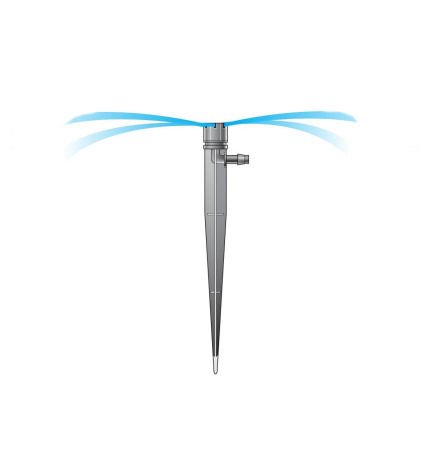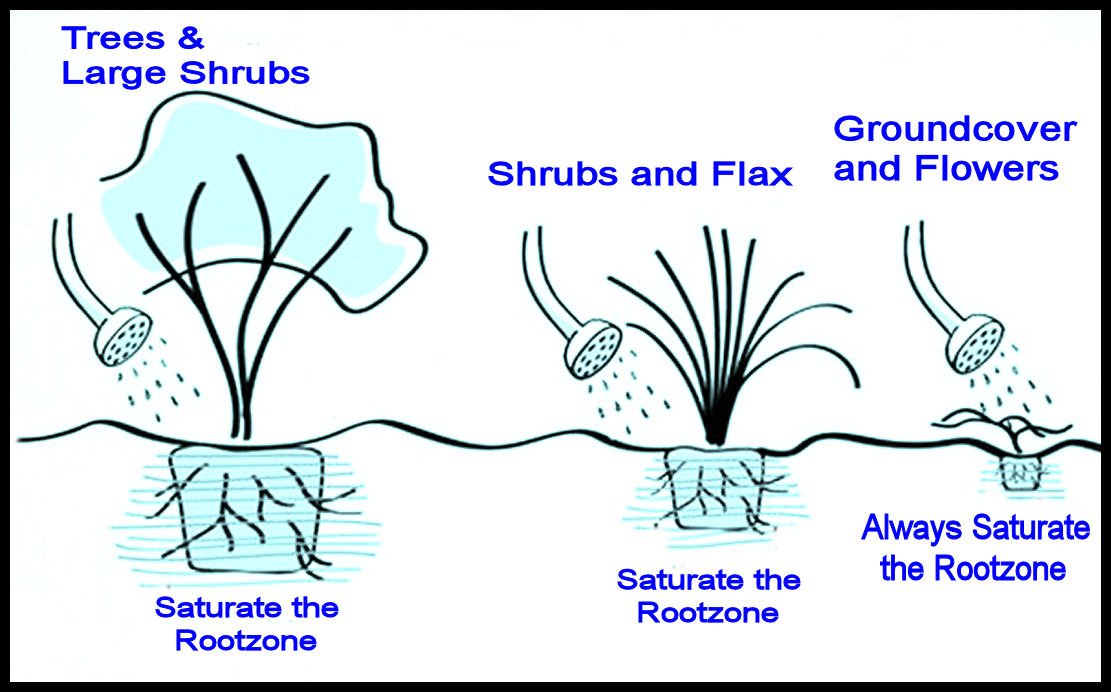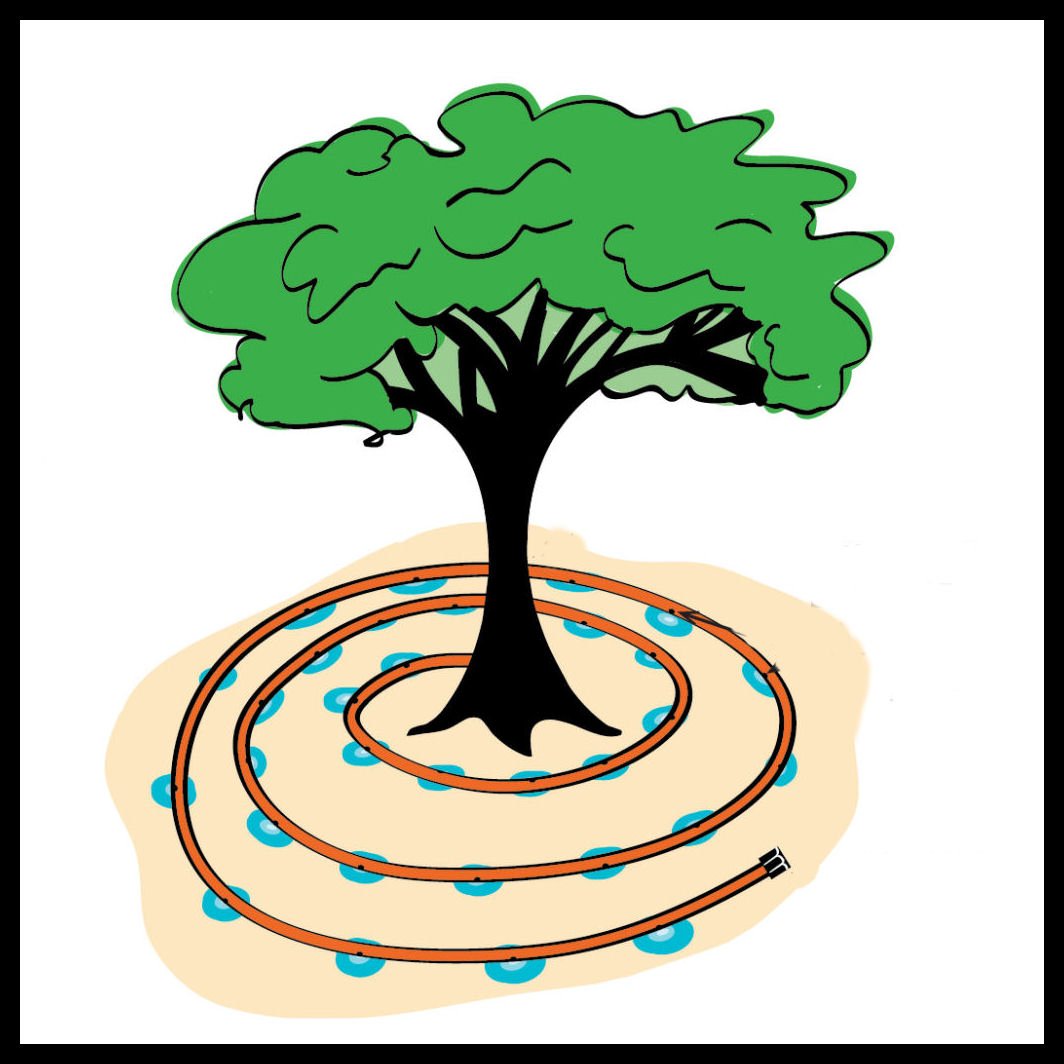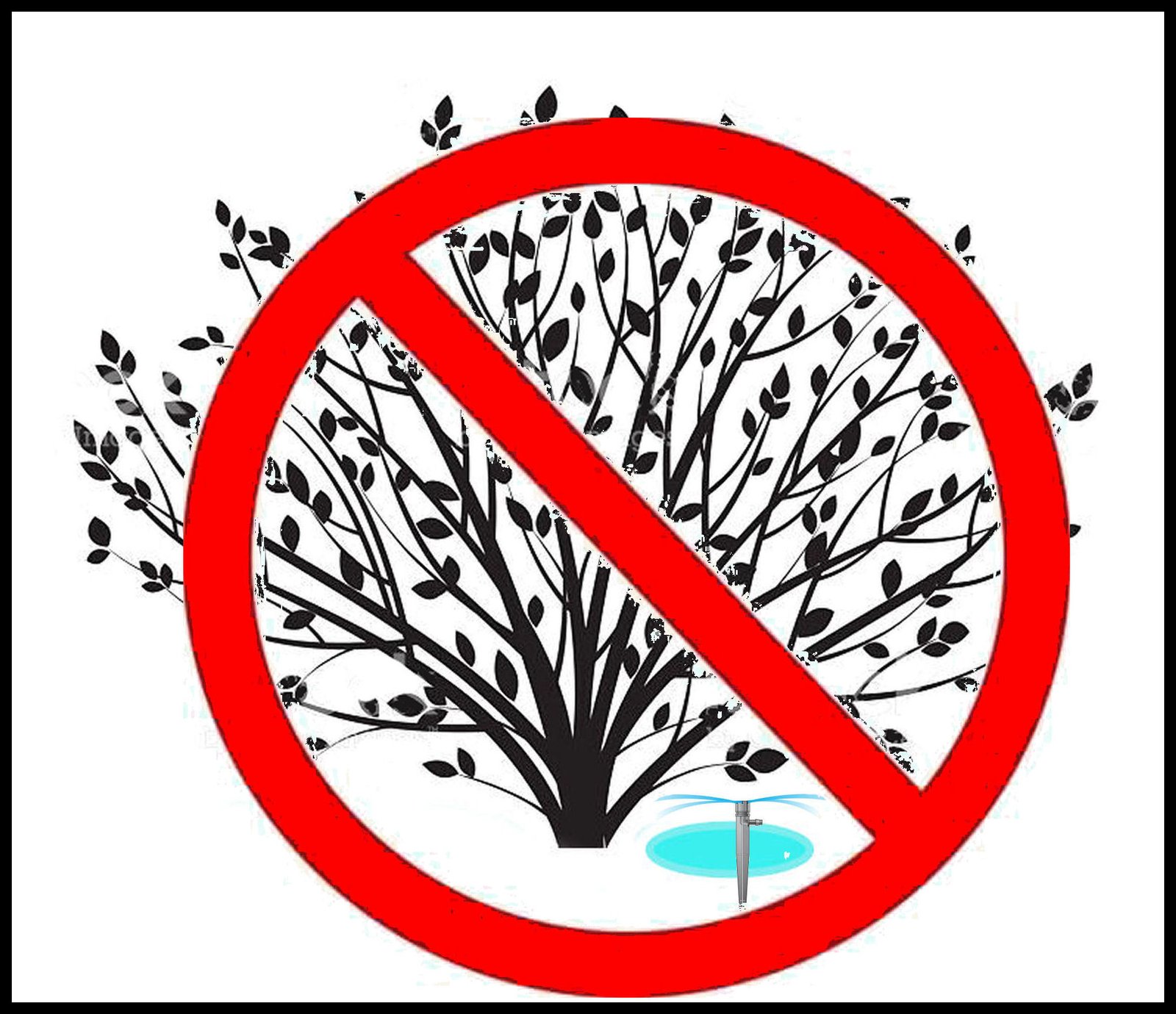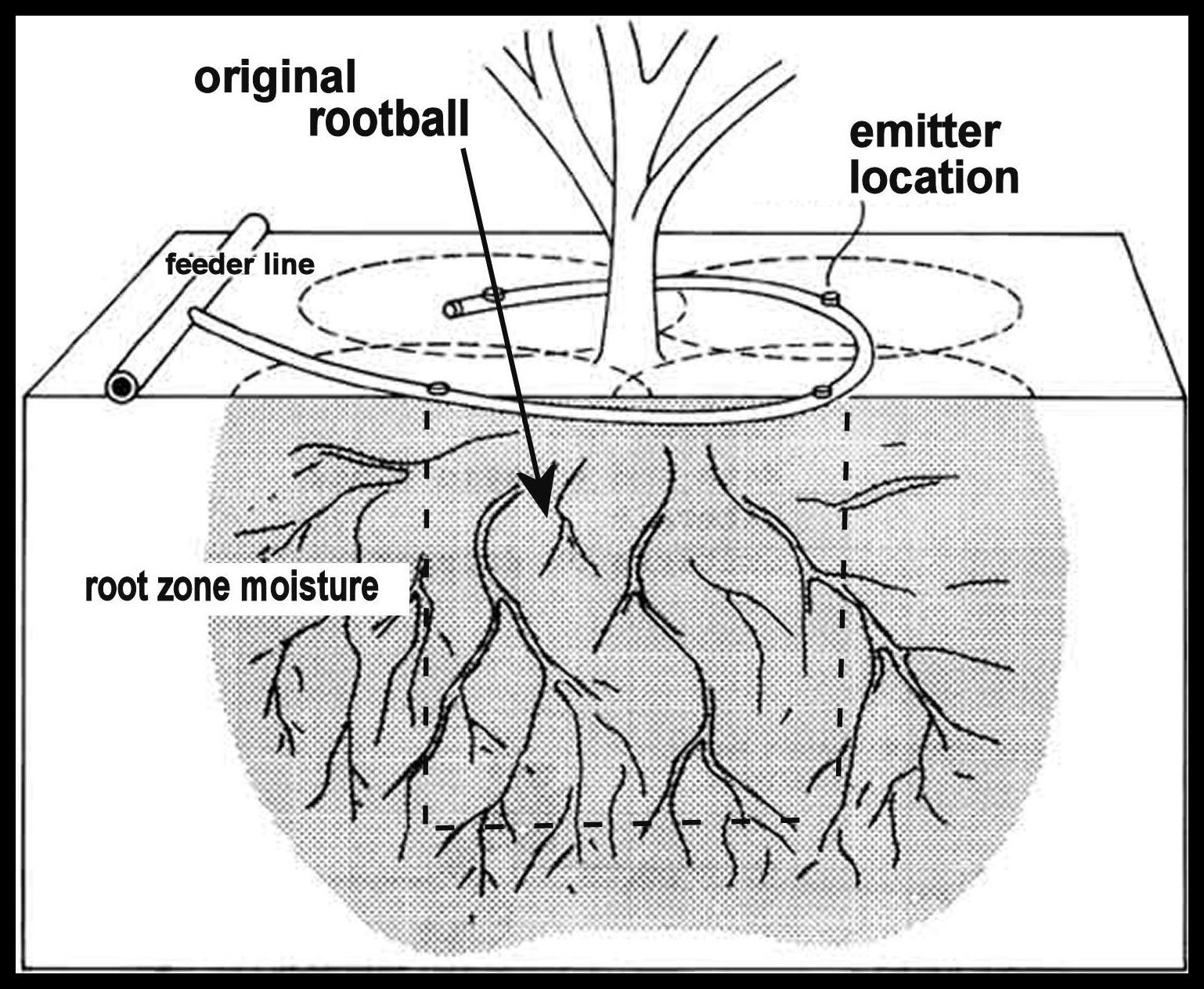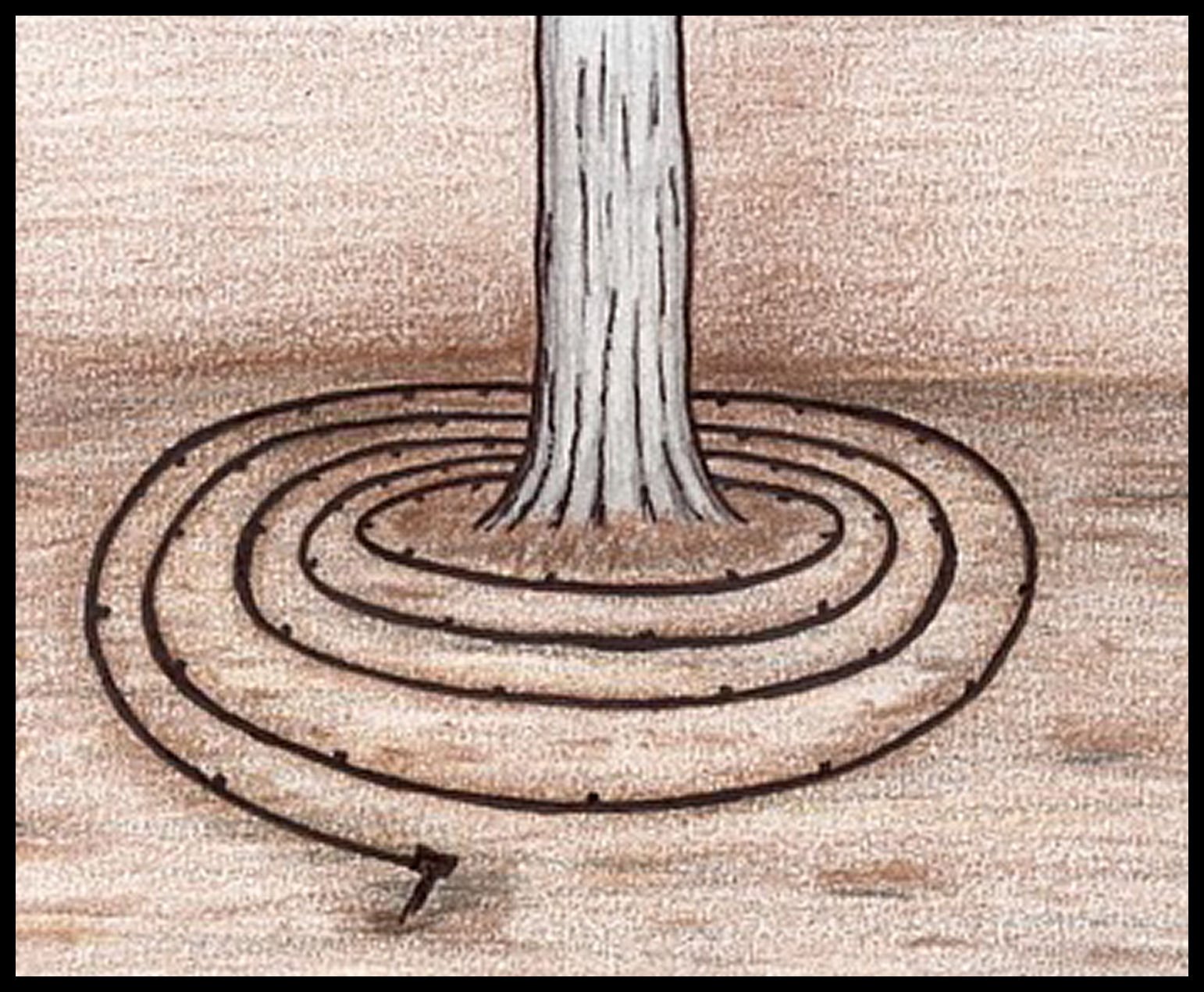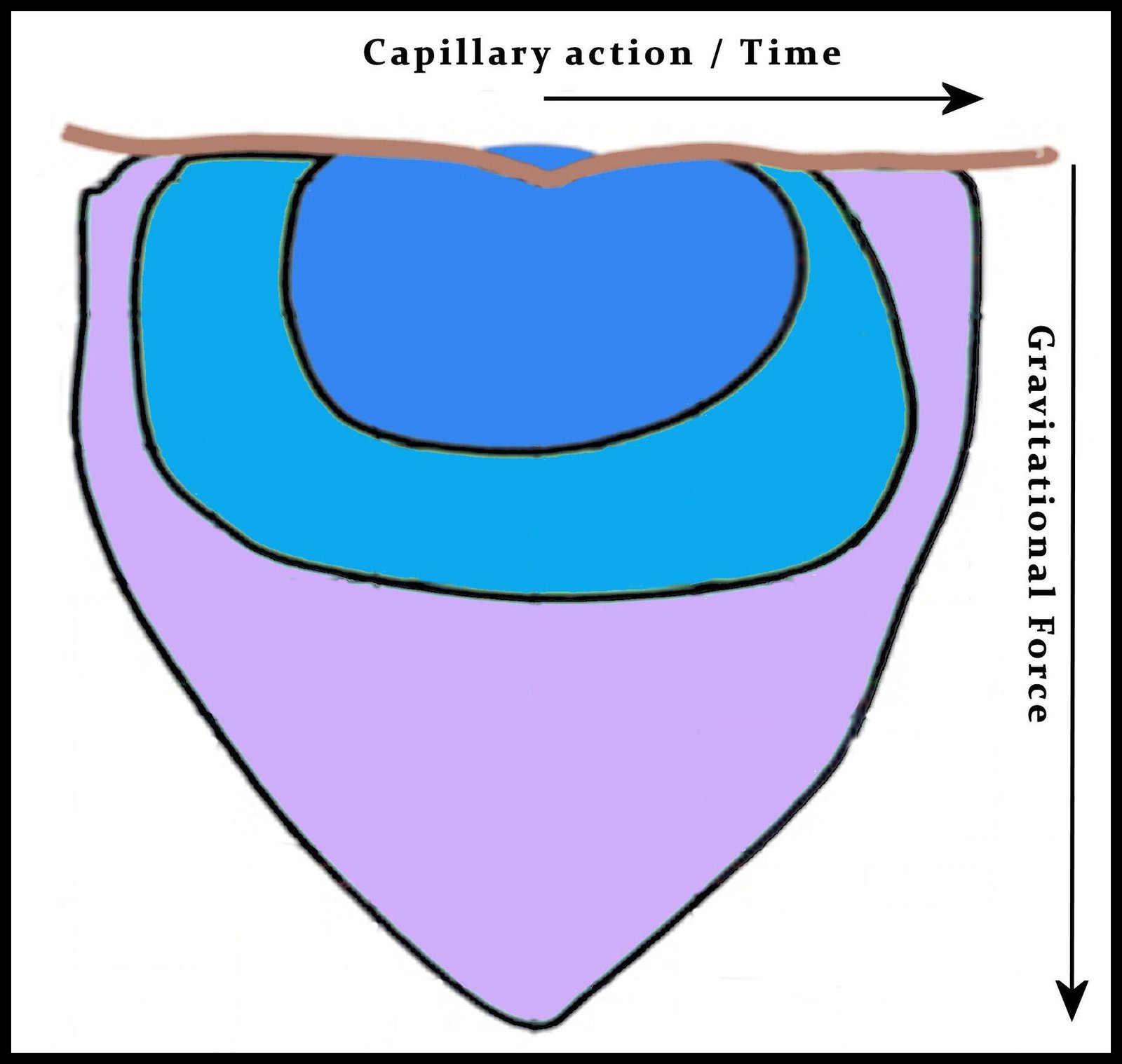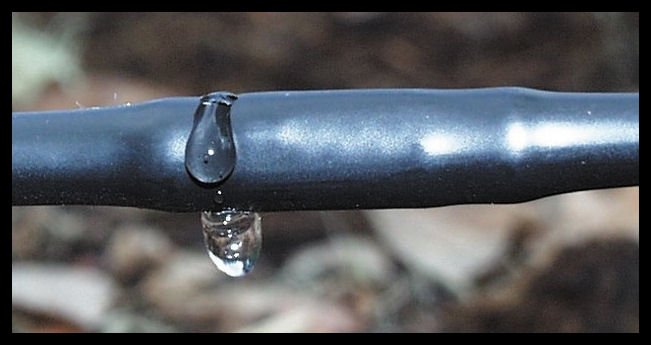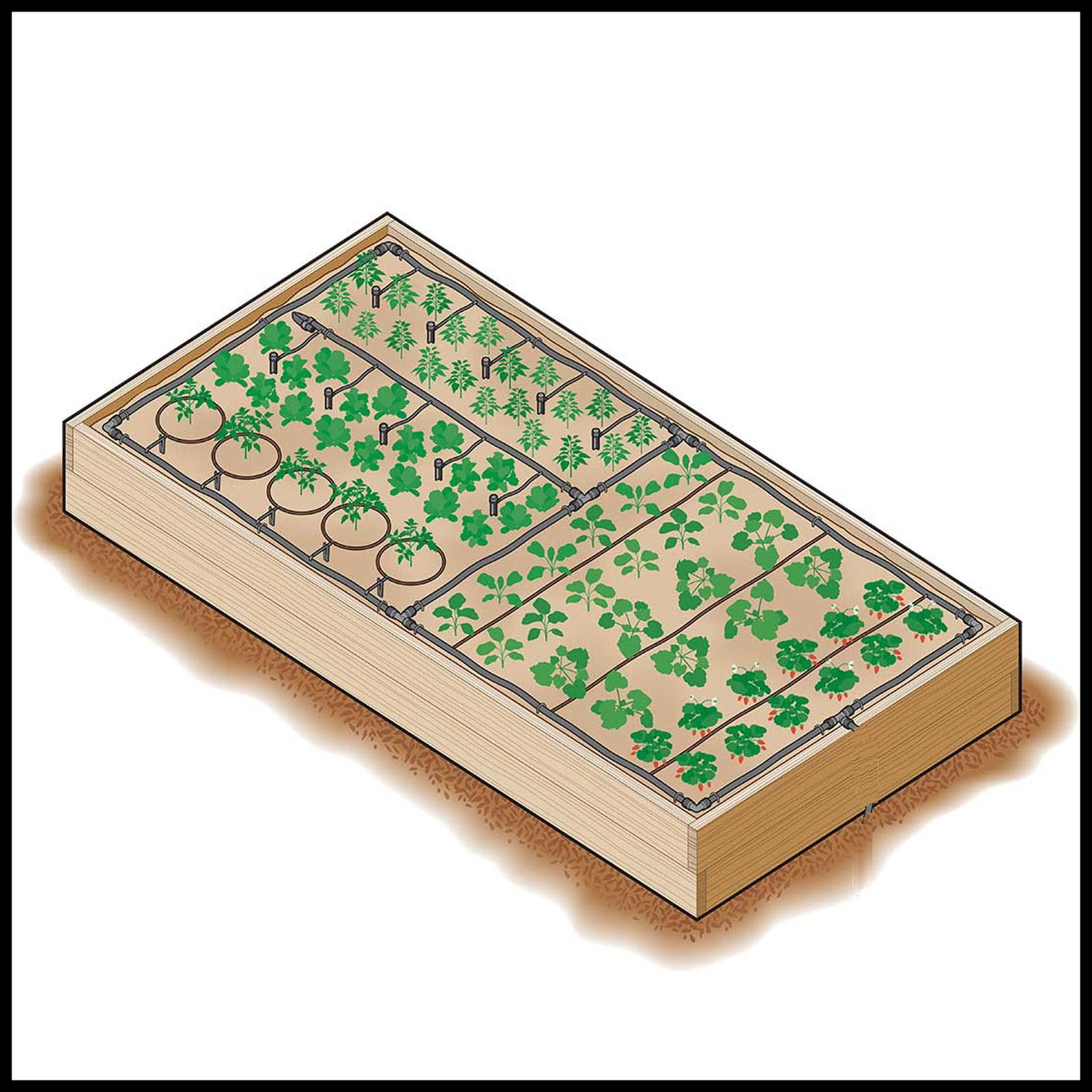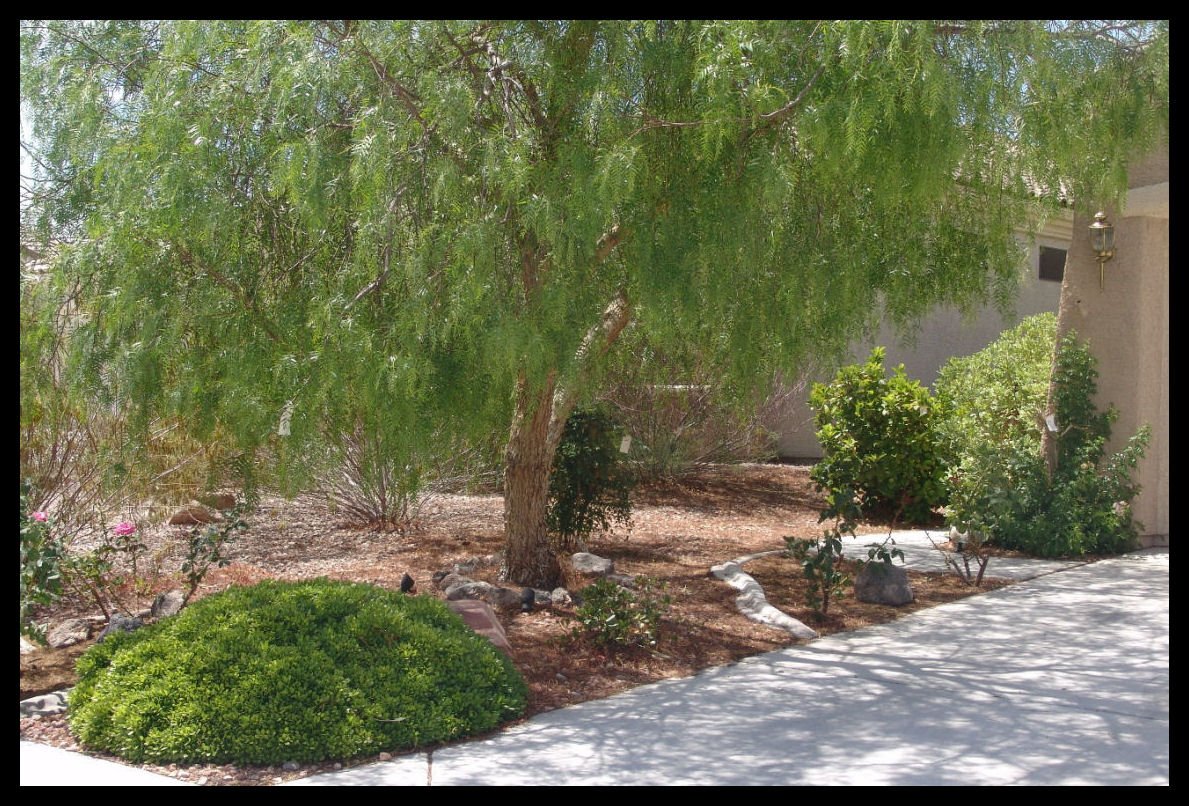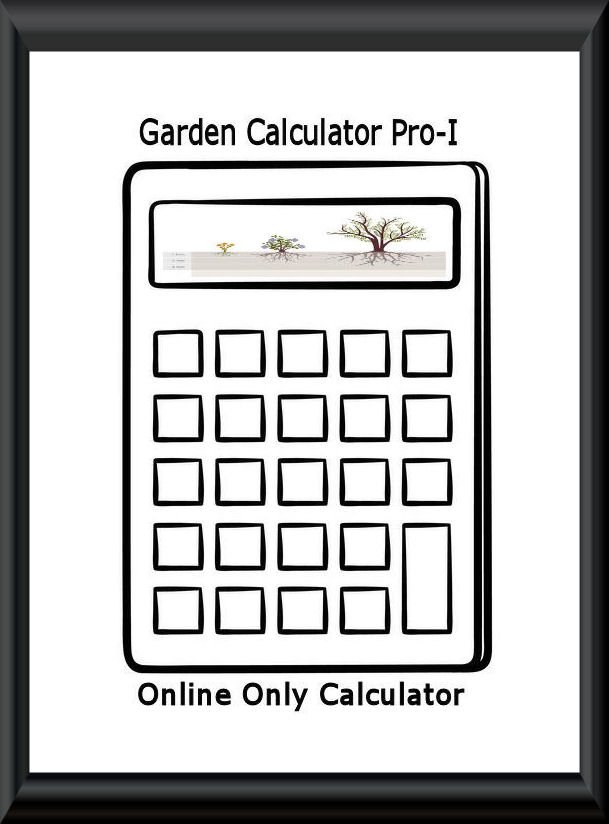The horticultural information presented in this section of Garden Galaxy is
written to the plant lovers, gardeners and landscape maintenance people in the
Desert Southwest. Here, though a region may have a rainy season, it has a drought
season as well. A season where for many months little to no measurable rain will fall.
There are plants that can naturally tolerate this, but even these will look so much
more beautiful if given adequate supplemental irrigation.
Additionally, in this region the soil is often very hard (high clay) or overly porous (sandy) and generally without any organic composition to help root systems grow. Consequently, there are a number of issues to deal with in order to have success throughout the year and over time.
After hundreds of on-sight landscape consultations, it has been my experience
that understanding and respecting soil composition in conjunction with a comprehensive
plan for irrigation design and techniques are the primary reasons for results that after
a couple years do not meet expectations.
NOTE: Recommendations without scientific explanations backing them up
can be found all over the internet. These may make fun reading, but too many miss the mark.
In the webpages dedicated to gardening success in the Desert Southwest found here at
Garden Galaxy; you may perhaps find terms and discussions that are beyond your interest.
Feel free to browse through this course and pay more attention to the articles that fit
your interest. I do recommend that, if hiring a professional to care for your landscape or
garden - THEY SHOULD BE INTERESTED in the whole package.
|

